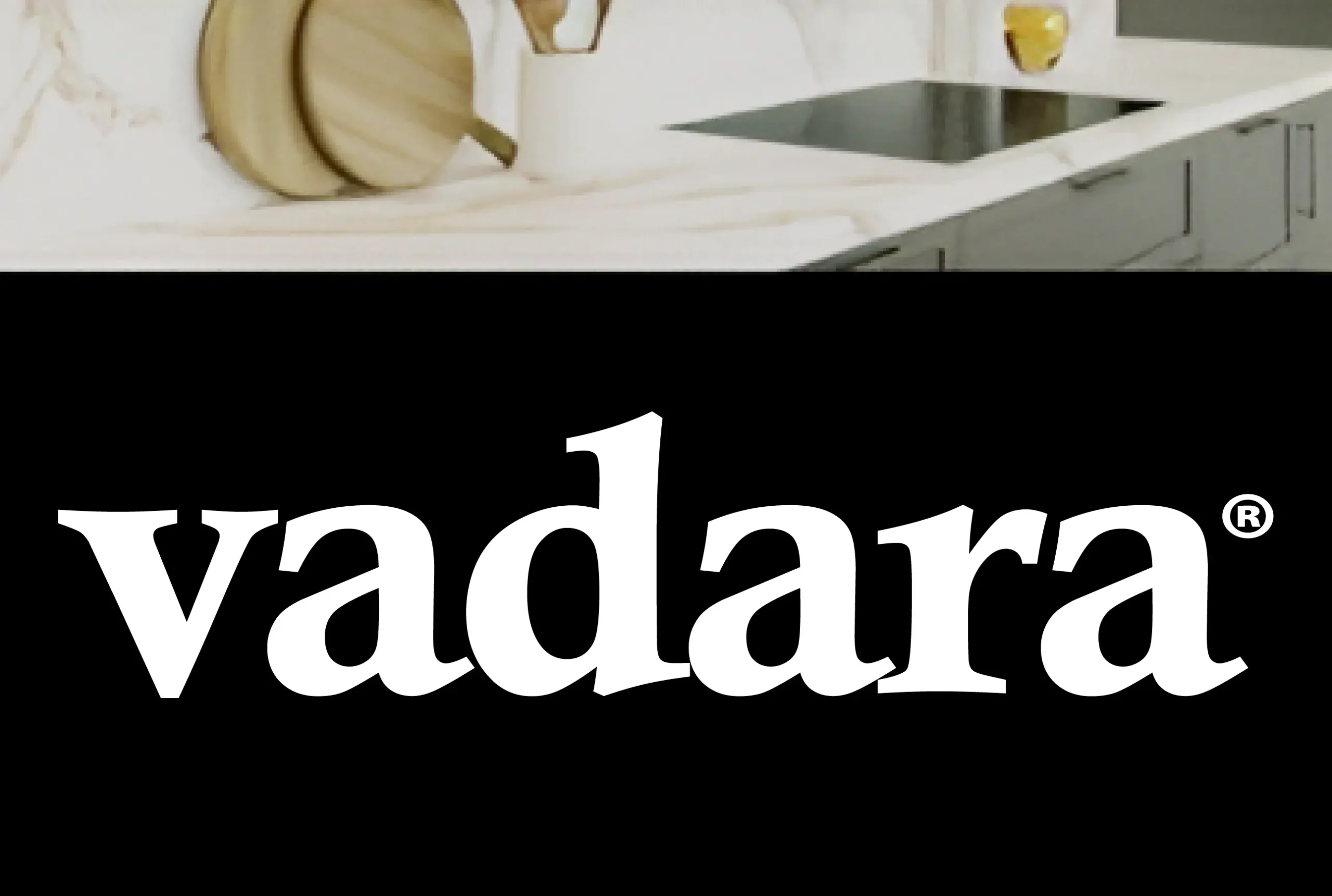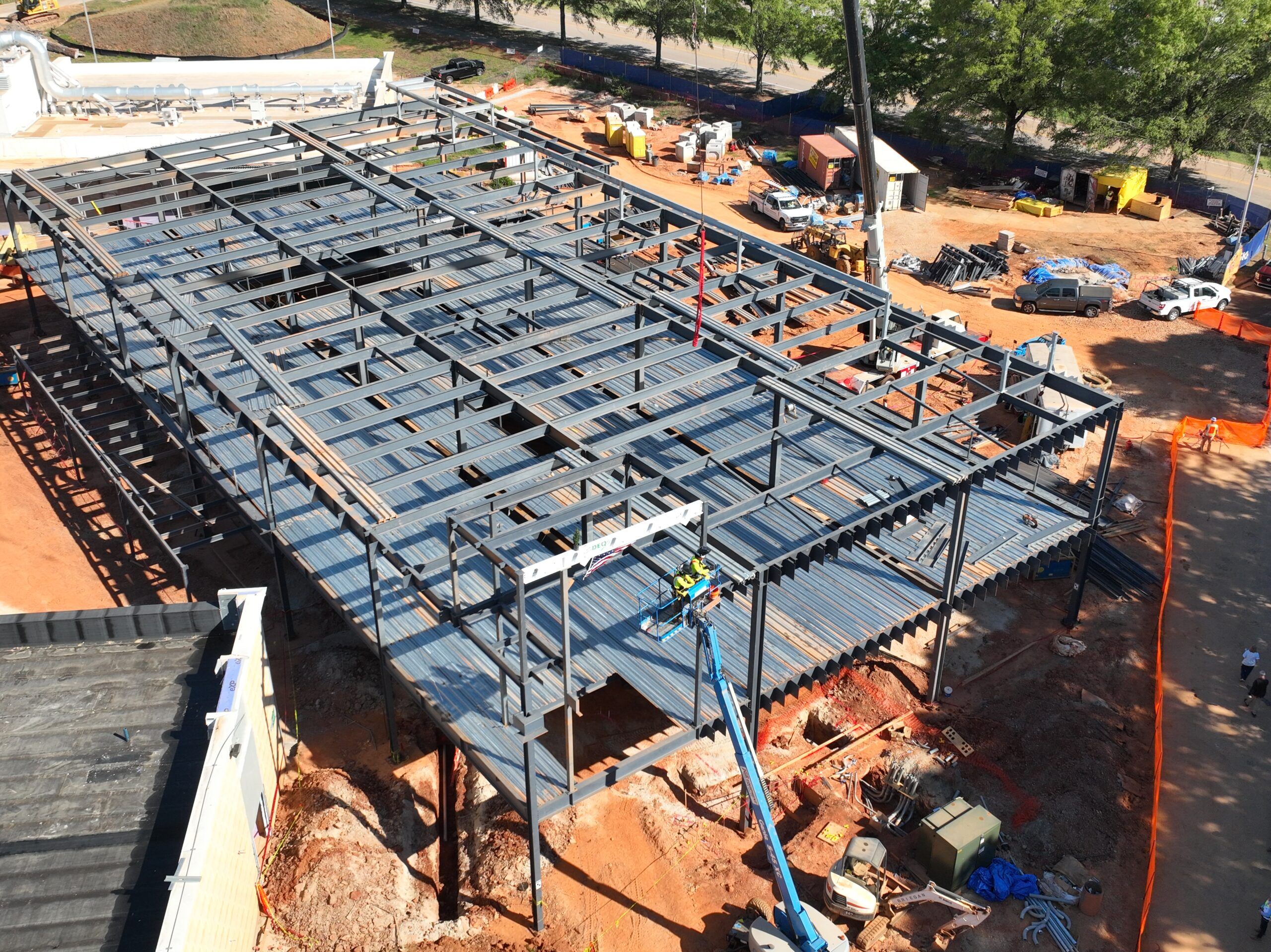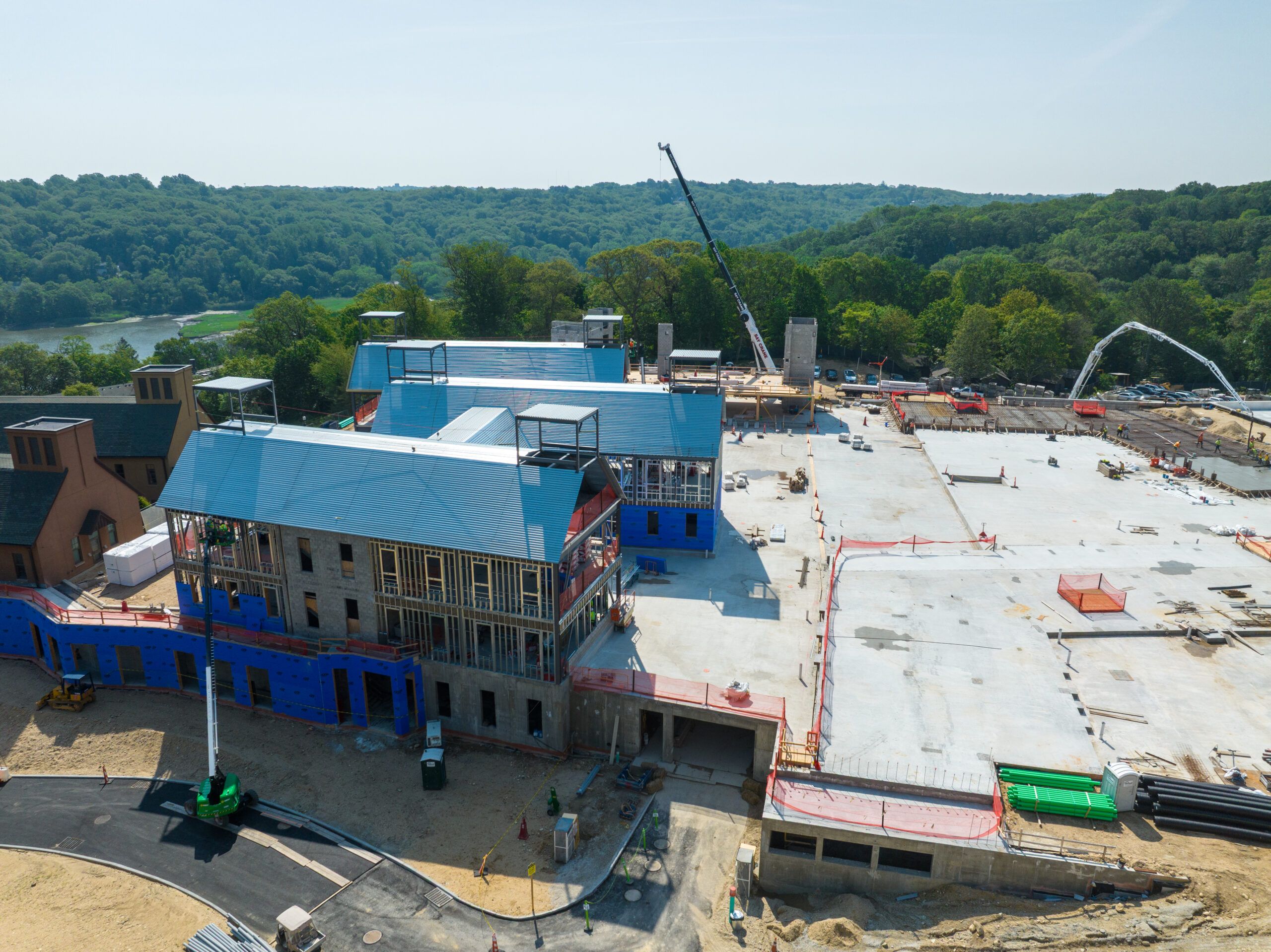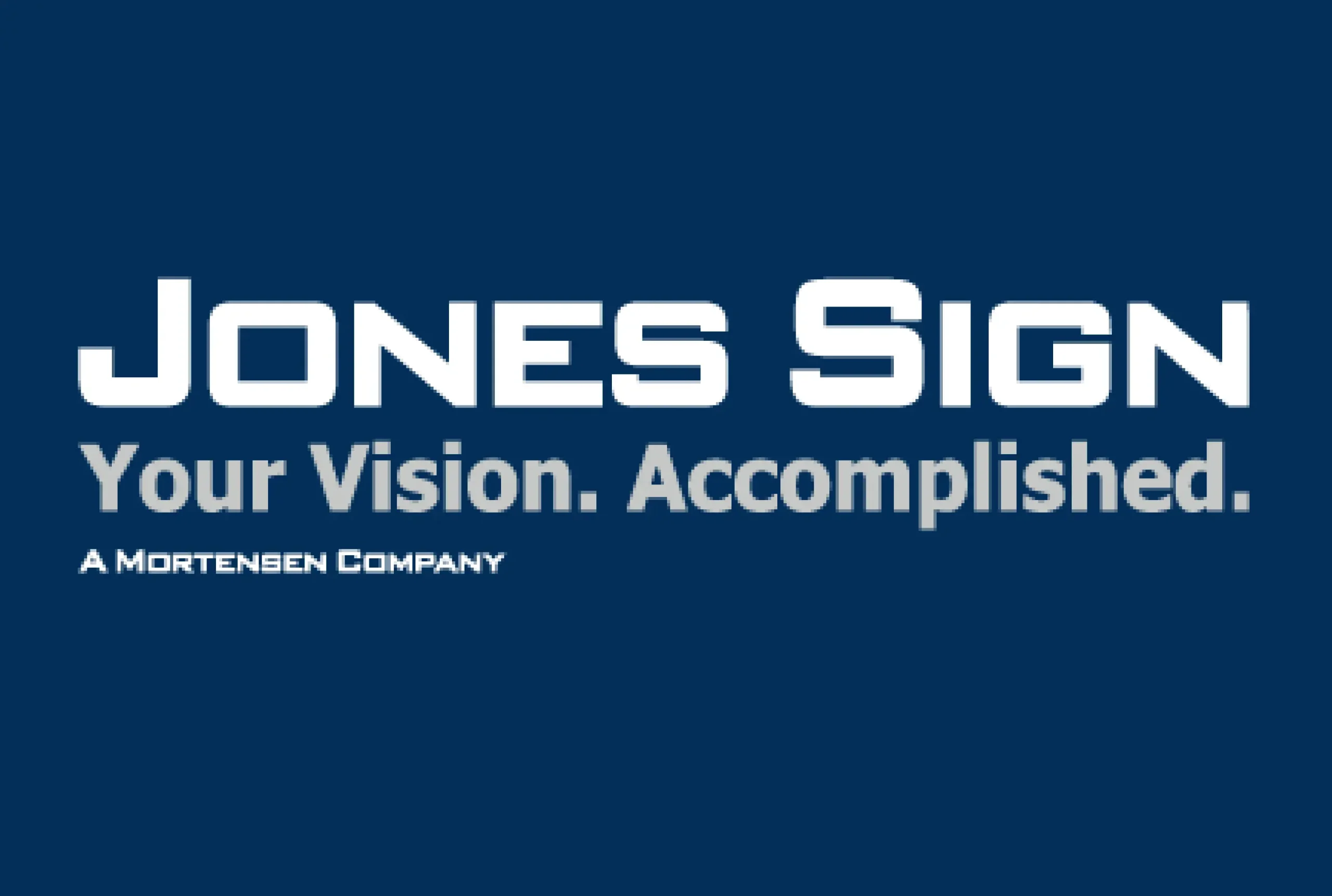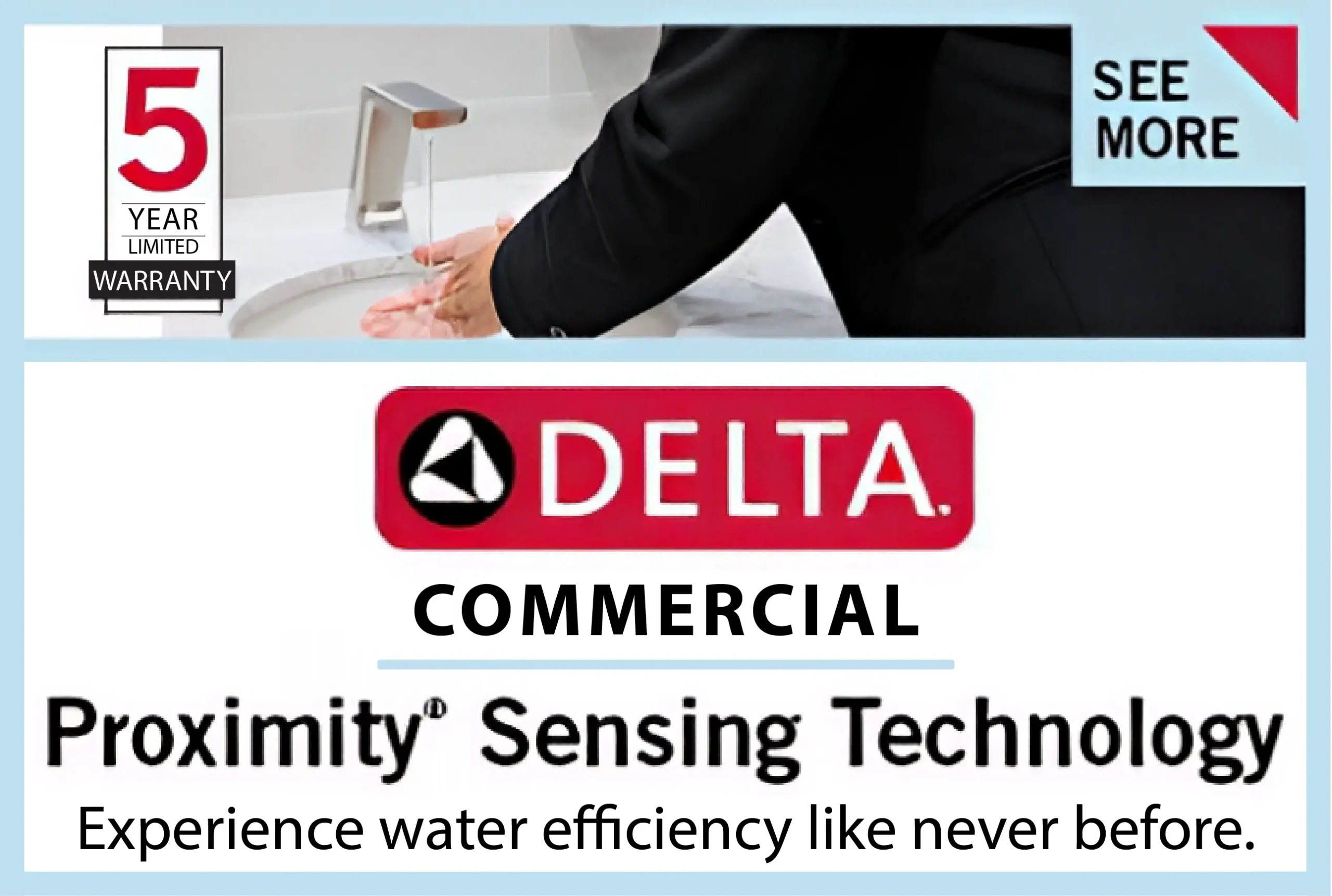In the fast-paced world of commercial construction and renovation, risk is a constant companion. With heavy machinery, elevated worksites, and compressed timelines, the chance of an accident is never zero. When something goes wrong—whether it’s a slip, a fall, or a major equipment malfunction—the consequences can ripple through a project, a company, or an entire brand.
At Garrett, Walker, Aycoth & Olson, we’ve handled numerous cases where commercial accidents led to significant legal exposure. In this article, we explore the legal landscape of commercial construction accidents, how liability is determined, and what stakeholders can do to mitigate their risks.
The Nature of Commercial Construction Accidents
Commercial sites differ from residential builds in both complexity and volume of personnel. They often include:
- Multiple subcontractors
- Heavy industrial equipment
- Third-party vendors
- Strict code compliance requirements
Common incidents include:
- Falls from heights
- Electrocutions
- Scaffold collapses
- Struck-by object injuries
- Forklift and crane accidents
These aren’t just workplace issues—they are legal minefields.
Who Is Liable When an Accident Occurs?
Determining legal liability in a commercial accident involves analyzing relationships and contractual obligations. In most cases, one or more of the following parties may be held responsible:
1. General Contractors – Responsible for overall site safety and OSHA compliance.
2. Subcontractors – May be liable for injuries caused by their employees or equipment.
3. Property Owners – Can be sued if they retained control over the premises or failed to warn of known dangers.
4. Equipment Manufacturers – If a defect in a machine causes harm, product liability may come into play.
5. Architects/Engineers – If design flaws contribute to the accident, they may be part of the lawsuit.
Each of these relationships must be evaluated against contractual indemnity clauses and state negligence laws.
Legal Theories Used in Commercial Accident Claims
When commercial accidents happen, plaintiffs typically rely on one or more of the following legal theories:
- Negligence – The failure to exercise reasonable care under the circumstances.
- Premises Liability – For unsafe conditions on a worksite.
- Vicarious Liability – Holding employers responsible for their workers’ actions.
- Product Liability – Defects in design, manufacture, or warnings.
- Breach of Contract – If a contractor fails to meet safety specifications.
Legal success often depends on proving duty, breach, causation, and damages—a complex matrix that requires experienced counsel to navigate.
OSHA Violations: Civil and Criminal Implications
An Occupational Safety and Health Administration (OSHA) violation can be more than a citation—it can be evidence of negligence. Worse, if a willful violation causes death, the result can include criminal charges under federal law. Contractors and site supervisors must maintain rigorous safety logs, compliance training, and prompt hazard correction.
The Cost of a Commercial Accident
A single commercial accident can cost millions in direct and indirect costs, including:
- Medical bills and workers’ comp claims
- Project delays and liquidated damages
- Loss of reputation and future contracts
- Increased insurance premiums
- Litigation expenses
In North Carolina and beyond, we’ve seen businesses suffer long-term financial damage from incidents that could have been mitigated with proper planning, training, and response.
Best Practices for Legal Protection
Construction and renovation leaders can reduce liability by adopting the following practices:
1. Robust Contracts – Include indemnity, insurance, and arbitration clauses.
2. Regular Training – Ensure OSHA compliance and site-specific protocols are understood.
3. Third-Party Risk Assessment – Vet subcontractors, vendors, and equipment suppliers.
4. Incident Documentation – Keep accurate and immediate records of all accidents.
5. Legal Partnership – Work with a law firm experienced in construction law and liability.
How We Can Help
At Garrett, Walker, Aycoth & Olson, our team of litigators and workplace accident attorneys help companies across the construction industry defend against claims, mitigate exposure, and strengthen site safety procedures. Whether you’re facing a lawsuit, a government investigation, or you simply want to prevent future incidents, we offer proactive, strategic counsel tailored to your business.
By Garrett, Walker, Aycoth & Olson, Attorneys at Law
About the Authors Garrett, Walker, Aycoth & Olson, Attorneys at Law is a premier law firm based in Greensboro, North Carolina, representing clients statewide in personal injury, workplace accidents, commercial litigation, car accident and insurance defense. We understand the unique demands of commercial construction and the serious consequences of legal liability.




